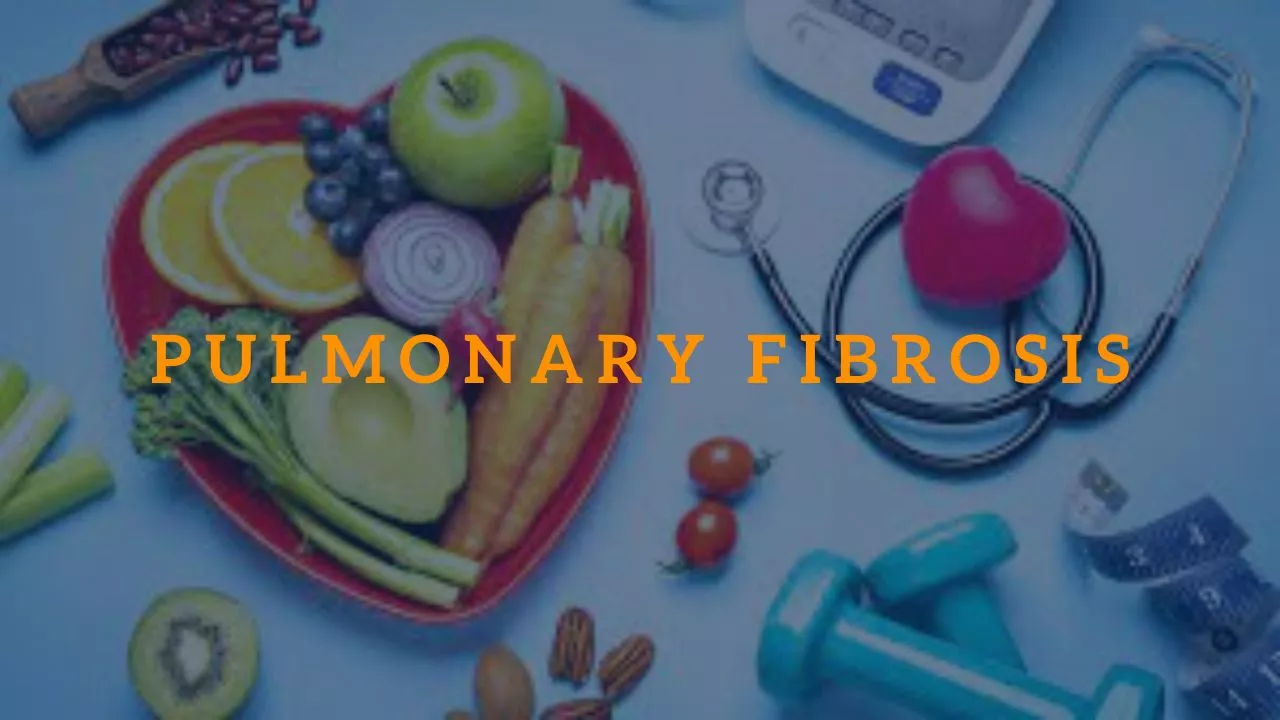Hello 1-GSM Visitors, welcome to our article about pulmonary fibrosis. Pulmonary fibrosis is a lung disease that causes scarring and stiffness in the lung tissue, making it difficult to breathe.

What Causes Pulmonary Fibrosis?
Pulmonary fibrosis can be caused by a variety of factors, including exposure to environmental toxins such as asbestos or silica, viral infections, autoimmune diseases, and genetics. However, in many cases, the cause of pulmonary fibrosis is unknown.
One of the most common causes of pulmonary fibrosis is exposure to environmental toxins such as asbestos or silica. These toxins can cause scarring and inflammation in the lungs, leading to pulmonary fibrosis.
Another common cause of pulmonary fibrosis is viral infections such as COVID-19. COVID-19 can cause severe lung damage and scarring, leading to pulmonary fibrosis in some patients.
Symptoms of Pulmonary Fibrosis
The symptoms of pulmonary fibrosis can vary depending on the severity of the disease. Some common symptoms include shortness of breath, coughing, chest pain, fatigue, and unexplained weight loss.
Shortness of breath is one of the most common symptoms of pulmonary fibrosis. As the disease progresses, it becomes increasingly difficult to breathe, making everyday activities such as walking or climbing stairs more challenging.
Coughing is another common symptom of pulmonary fibrosis. The cough may be dry or produce phlegm, and it can be persistent and interfere with sleep and daily activities.
Treatment for Pulmonary Fibrosis
Currently, there is no cure for pulmonary fibrosis. However, there are treatments that can help manage the symptoms and slow the progression of the disease.
One of the most common treatments for pulmonary fibrosis is the use of medications such as corticosteroids and immunosuppressants. These medications can help reduce inflammation in the lungs and slow the progression of the disease.
In some cases, oxygen therapy may be necessary to help patients breathe more easily. Oxygen therapy involves the use of a machine that delivers oxygen to the lungs through a mask or nasal cannula.
Conclusion
In conclusion, pulmonary fibrosis is a serious lung disease that can make it difficult to breathe and perform everyday activities. It can be caused by a variety of factors, including exposure to environmental toxins, viral infections, autoimmune diseases, and genetics. The symptoms of pulmonary fibrosis include shortness of breath, coughing, chest pain, fatigue, and unexplained weight loss. While there is no cure for pulmonary fibrosis, there are treatments that can help manage the symptoms and slow the progression of the disease. If you are experiencing any symptoms of pulmonary fibrosis, it is important to seek medical attention right away.
See you again at our other interesting articles!
